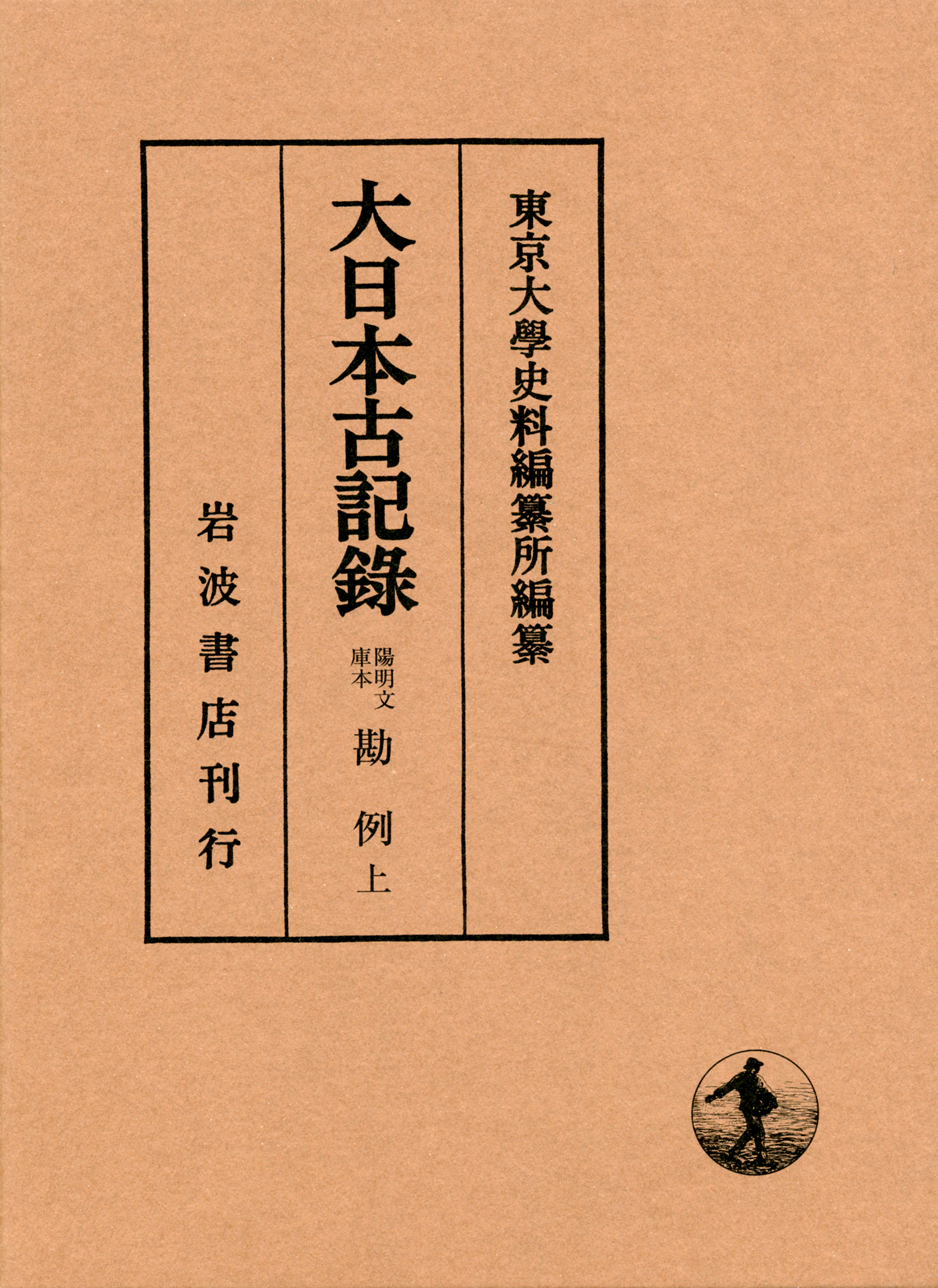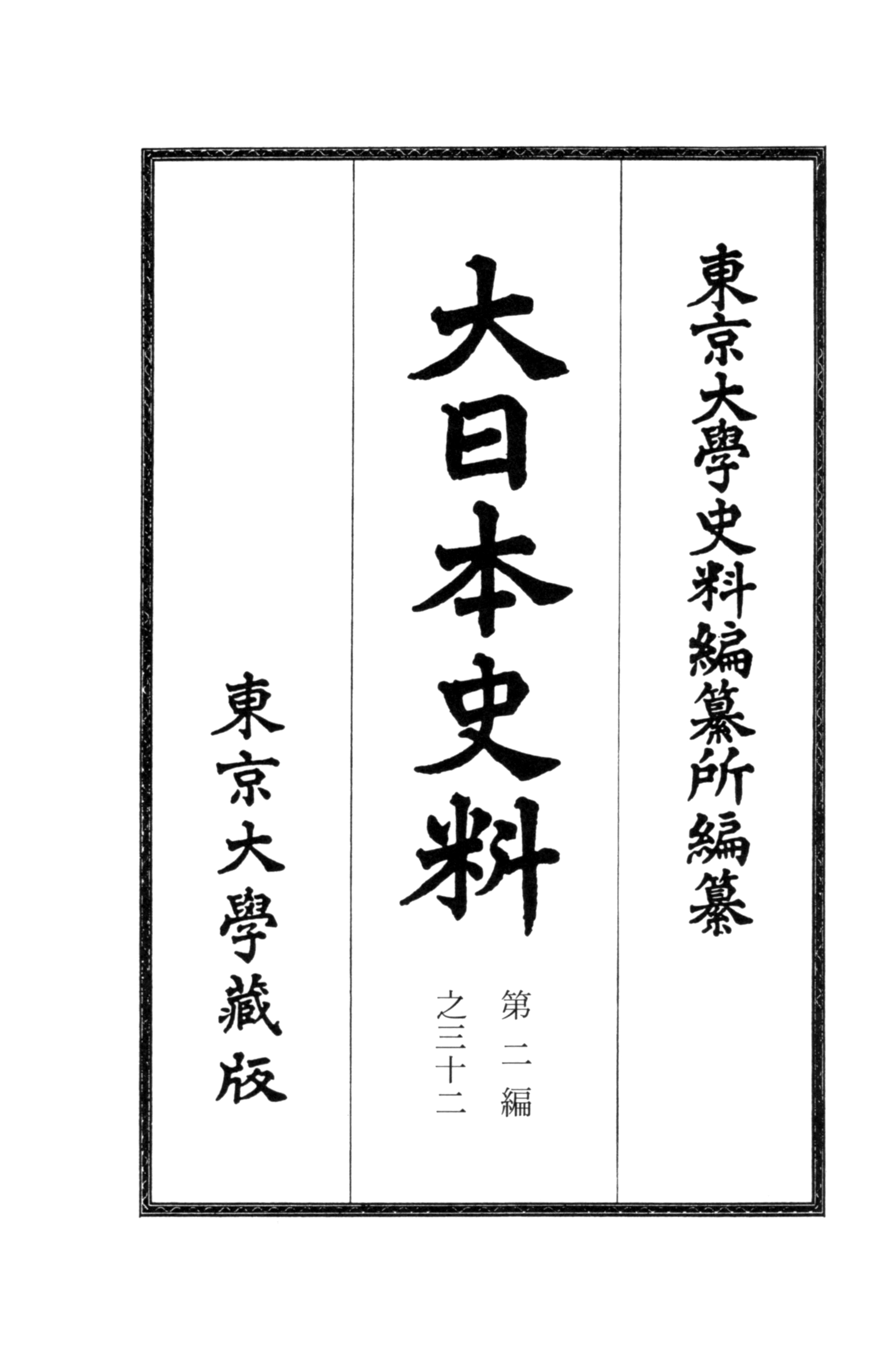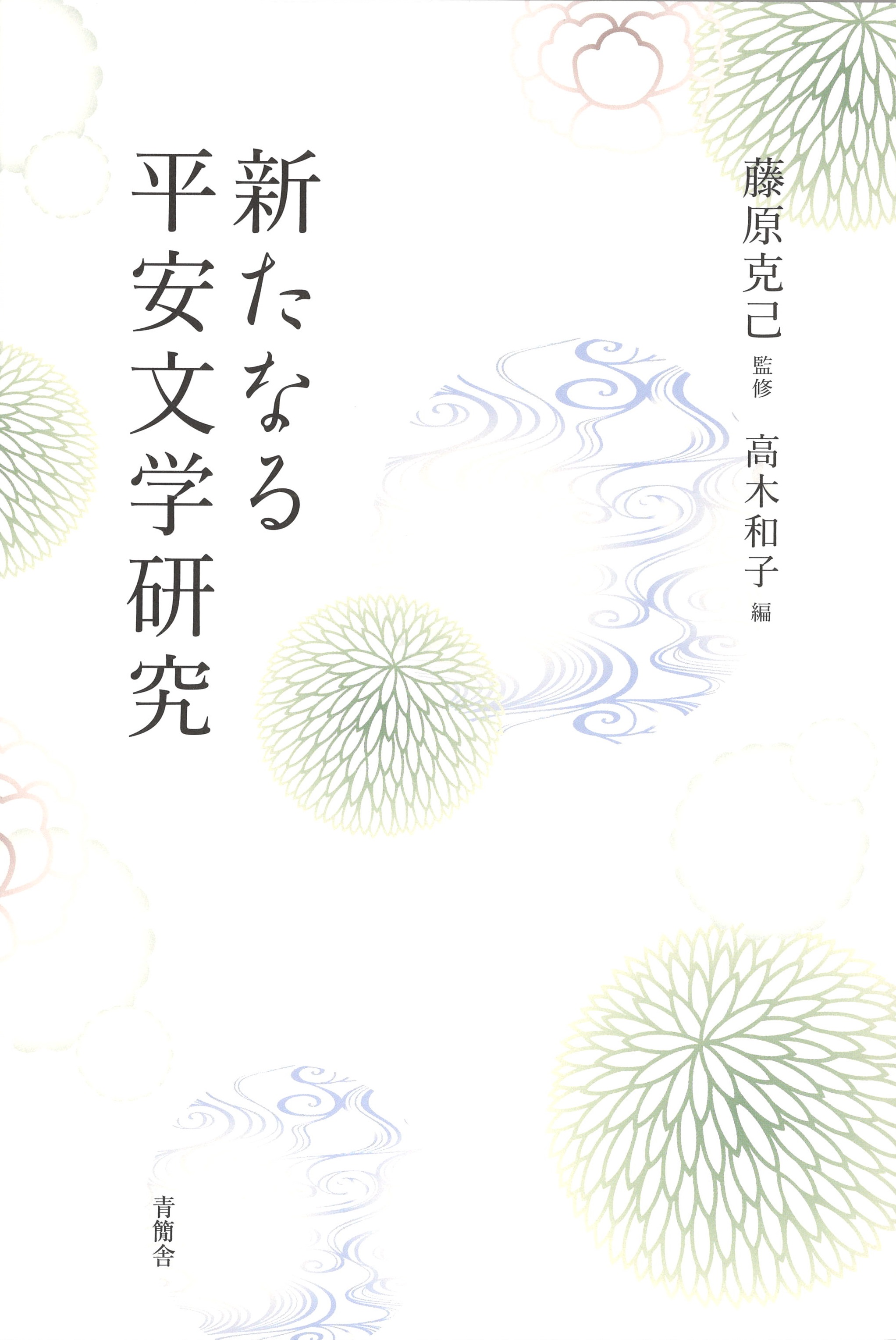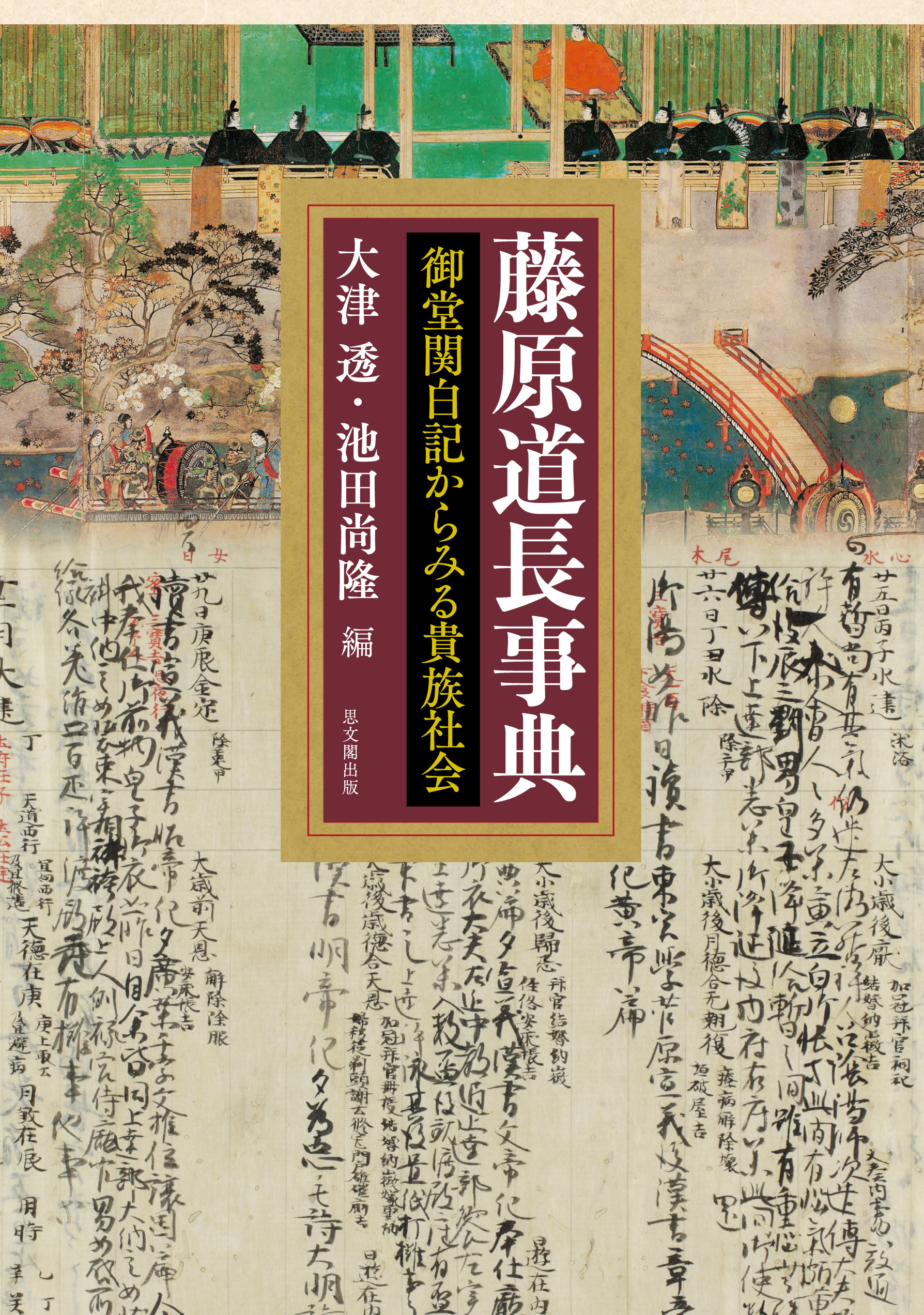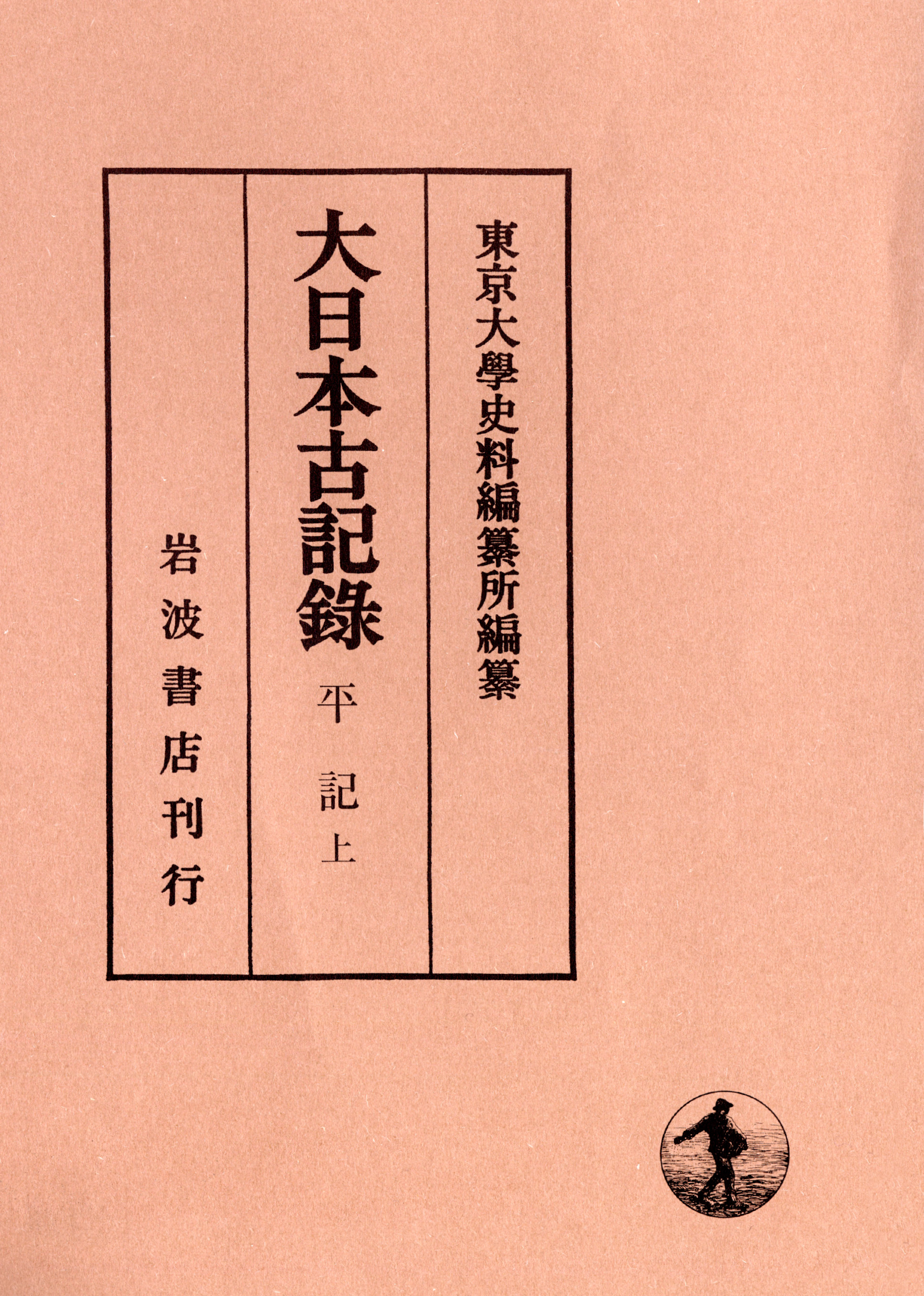
Title
Old Records of Japan Heiki vol. 1
Size
304 pages, A5 format, hardcover
Language
Japanese
Released
March 28, 2022
ISBN
9784000099912
Published by
Iwanami Shoten
Book Info
See Book Availability at Library
Japanese Page
Heiki is the collective designation for the diaries of six descendants of Prince Takamune of the Kanmu Heishi, a branch of the Taira clan, who were active from the mid- to late Heian period. The diaries in question were written by Taira no Chikanobu (946–1017), Chikanobu’s grandson Taira no Norikuni (d.u.), Norikuni’s younger brother Taira no Yukichika (d.u.), Yukichika’s son Taira no Sadaie (d.u.), Norikuni’s grandson Taira no Tomonobu (?–1144), and Tomonobu’s son Taira no Tokinobu (1104–1149). It is planned to publish these diaries in two volumes, and this first volume contains the diaries of Chikanobu, Norikuni, Yukichika, and Sadaie. The years for which the diaries survive are as follows—Chikanobu: 972–974; Norikuni: 1036 and 1048; Yukichika: 1037; and Sadaie: 1053–1062.
The existence of the original text of the Heiki has not yet been ascertained. However, an old manuscript in 12 fascicles copied by Taira no Nobunori (Tomonobu’s son and Tokinobu’s younger brother) and others in the second half of the Heian period is preserved in the Yōmei Bunko, a historical archive managing the historical materials of the Konoe family, the foremost of the regent houses, and elsewhere, and this is the most reliable text. In this edition produced for the series Old Records of Japan, this old manuscript has been used as the base text for all its extant sections, and in the case of sections missing in the old manuscript the best text has been provided by comparing and editing various other manuscripts. Marginal notes have been added for personal names, place-names, and so on to facilitate understanding of the text, and the contents of individual passages have been indicated by means of simple headings.
Another line of the Kanmu Heishi was that of the descendants of Prince Takami (Prince Takamune’s younger brother), and they were active chiefly as military commanders in eastern Japan and Ise, typified by the renowned examples of Taira no Sadamori and Taira no Kiyomori. In contrast, the descendants of Prince Takamune remained in the aristocratic society of Kyoto and entered into the service of the imperial court. Chikanobu and others who wrote the diaries included in the Heiki held for several generations posts such as secretary to the emperor and police officers responsible for maintaining public order in Heiankyō, as well as serving as household officials of the regental families who wielded power at court.
In particular, Chikanobu’s descendants were known by contemporaries as the “family of diaries,” and they wrote detailed diaries over successive generations, which were passed down to form household records. They made their presence felt in aristocratic society by responding to inquiries from the regents and others whom they served. For this reason, the Heiki includes contents relating to their duties as secretaries and police officers and also has detailed accounts of incidents in which they were involved as household officials of regental families.
For example, when the regent Fujiwara no Yorimichi made a pilgrimage to the temple Kongōbuji on Mount Kōya in the tenth month of 1048, Norikuni accompanied him on Yorimichi’s orders and wrote a detailed account of the pilgrimage. He seems to have endeavoured to be objective when writing his account, referring to himself, for example, as “Norikuni,” and he records in minute detail the names of his fellow travellers, the itinerary from Yodo to Kongōbuji and back to Yodo, the decorations on the boats in which they travelled and the attire of the crewmen, the structure of their lodgings, the various goods provided by the landholdings of the governors and regental families in the provinces en route, descriptions of Sumiyoshi Shrine and the temples Kongōbuji, Kokawadera, and Shitennōji, the scenery along the Yodo River, at Fukiagenohama beach, in Wakanoura, etc., exchanges with courtesans at Eguchi and Kanzaki, and so on.
The diaries are written in a Japanese form of classical Chinese and may be somewhat difficult to read until you become accustomed to their distinctive style. Nonetheless, I would be delighted if you took this book in your hands and vicariously experienced society in the second half of the Heian period.
(Written by ONOE Yousuke, Professor, Historiographical Institute / 2022)



 Find a book
Find a book


